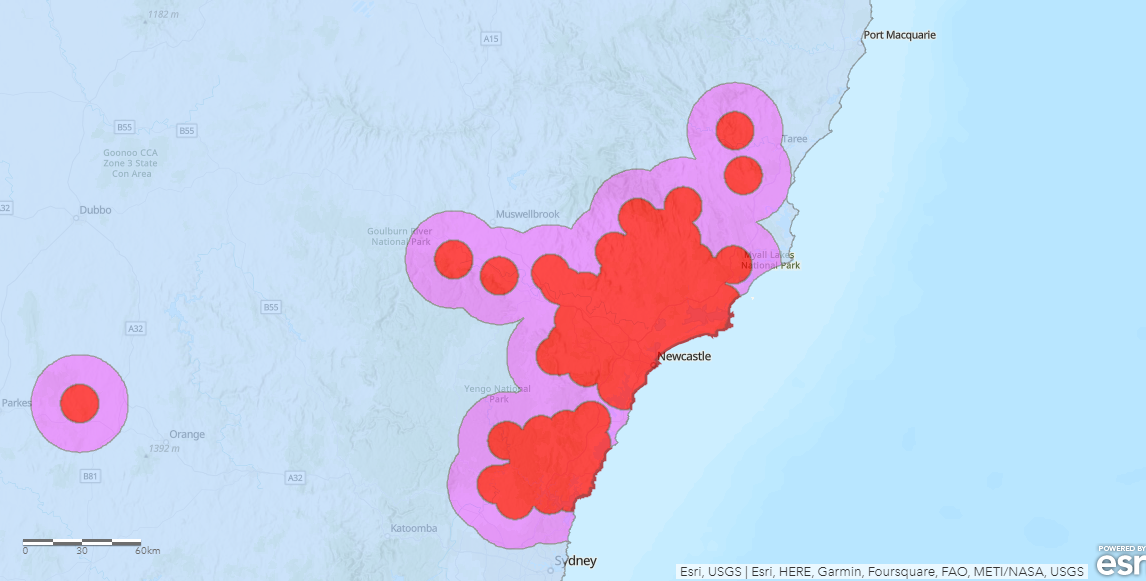Hawkesbury Post contacted all...


Hawkesbury Post contacted all...

In a heartwarming recognition of community...

After more than two decades of dedicated service, the...
The battle against the deadly Varroa mite has taken a concerning turn as the NSW Department of Primary Industries (DPI) confirmed the first detection of the parasite in the Central West region. Despite this setback, officials from the DPI remain resolute in their belief that eradicating the destructive mite is still within reach.
Yesterday, DPI officers euthanised bees in 23 hives in Gumble, near Molong, marking the first time Varroa mite has been detected in this area.

The Varroa mite has spread from the Hawkesbury to the NSW Central West. Bees in 23 hives have been euthanised.
NSW DPI Deputy Insect Controller Dr Shannon Mulholland expressed confidence in the ongoing response efforts.
“Based on the progress of the response so far, all government and industry members represented at the Consultative Committee on Emergency Plant Pests support that Varroa mite is still technically feasible to eradicate from Australia,” she said.
Dr. Mulholland said that a decision on whether to transition the response from eradication to management would only be made following consultations with the National Management Group (NMG), key stakeholders, and industry members.
The recent outbreak in Gumble occurred after legal movement of the hives from Sackville in the Hawkesbury region to the Central West at Gumble. These two sites were put under sticky mat surveillance, resulting in detections on both sites.
“While the discovery of a new mite location is disappointing, it provides further confidence that our tracing and surveillance strategies are working,” said Dr. Mulholland. Notably, only one mite was found in Gumble, and the low mite count suggests early detection. The fact that it was a recent legal movement also gives authorities hope that the spread can be swiftly controlled.
The site of the new detection was previously classified as a General, or blue, zone but was subsequently upgraded to a Surveillance, or purple, zone on June 22, and finally to an Eradication, or red, zone on July 4, 2023.
The Varroa mite infestation initially began at the Port of Newcastle last year and has since spread to more than 200 hives across the Central Coast, Hunter, and Sydney basin. The mites pose a significant threat to Australia’s honey production industry, as the country heavily relies on bee pollination for approximately one third of its food supply, including almonds, apples, and avocados.
Dr. Mulholland emphasised the swift response to the new detection, stating, “By acting on the situation quite quickly, we were able to get on top of it and work to further mitigate the spread of the mite.”
Prior to the outbreak in Newcastle, Australia was the only major honey-producing country in the world that remained free of Varroa mites. Since their arrival, the infestation has rapidly expanded, now spanning an area of over 350 kms.
For the most up-to-date information on the current locations of active Eradication, Surveillance, and General Emergency Zones across New South Wales, concerned individuals can visit the DPI website at: www.dpi.nsw.gov.au/emergencies/biosecurity/current-situation/varroa-mite-emergency-response 